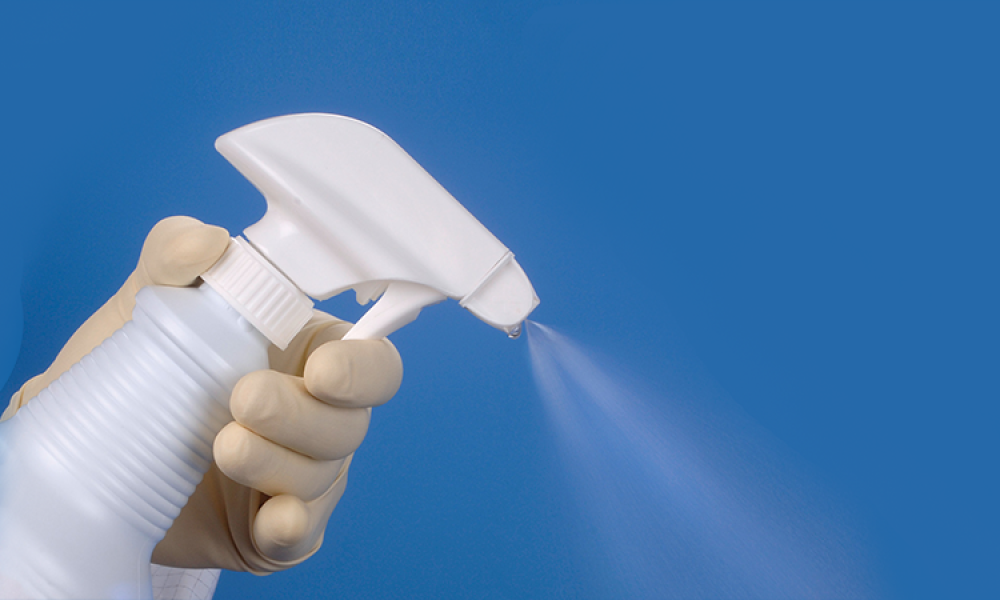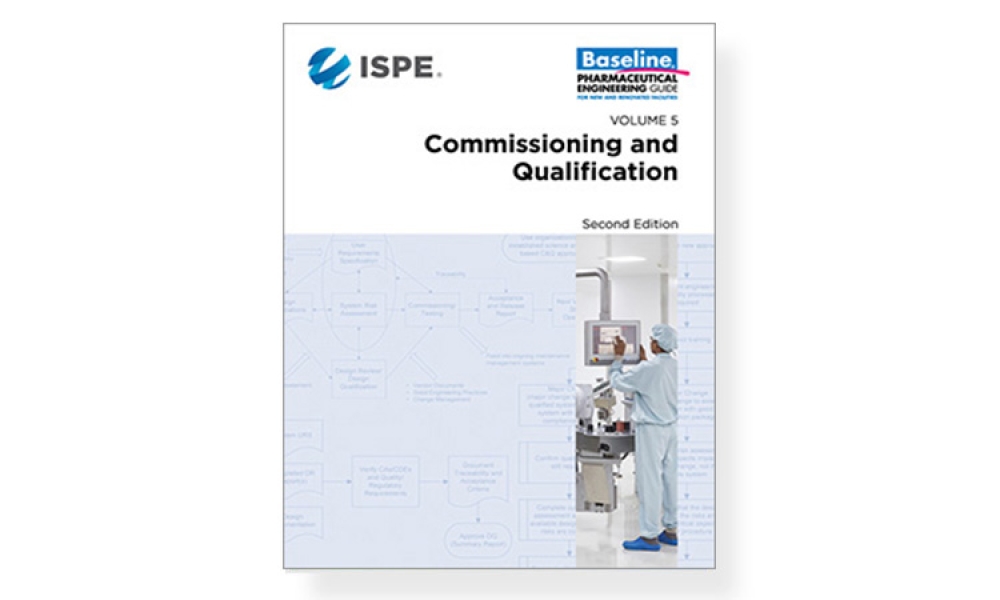The ISPE OSD Community of Practice Continuous Manufacturing Subcommittee was formed in 2017. Its mission is to be a forum that will advance the use of continuous manufacturing (CM) platforms and increase the long-term efficiency and affordability of continuous manufacturing oral solid dosage drug product equipment for vendors and users. The forum provides an opportunity for participants to share supplier-independent engineering-focused knowledge, strategies, and practices; deliver technical and operations solutions; and drive harmonization where it makes sense for continuous manufacturing.
Over the past few years, the international subcommittee has conducted a comprehensive assessment of pharmaceutical production systems for oral solid dosage (OSD) medicines manufactured using continuous manufacturing technology. Composed of industry practitioners, equipment vendors, academics, and leading service providers, the team has endeavored to produce a reference work with the following objectives: 1) establish a set of minimum equipment requirements for various pharmaceutical unit operations to be integrated as components of a continuous manufacturing line, including design considerations for the automated control systems; 2) identify opportunities for future harmonization and flexible integration of both physical equipment and control systems; and 3) identify areas where currently available equipment can be enhanced to meet the needs of the industry as the next generation of continuous manufacturing platforms are developed.
Good Practice Guide Planned
The information is being organized as a Good Practice Guide, planned to be published by ISPE as part of its overall mission to be a leader for the pharmaceutical industry by producing various guidance documents to inform both practitioners and regulators. The planned guide, tentatively titled Good Practice Guide for Continuous Manufacturing of OSD Medicines, will provide a valuable reference for new and existing companies that design and integrate continuous manufacturing production equipment into their manufacturing operations. It will also serve to highlight best practices and opportunities for enhancement to both vendors and end users already engaged in implementing continuous manufacturing lines of the future.
Several unit operations currently used in the manufacture of OSD products are themselves inherently continuous. However, most pharmaceutical production has historically been carried out using a batch paradigm, where all material proceeds through each unit operation separately, with defined starting and ending points for each step. While industries such as chemical and petroleum products, semiconductors, and food production have successfully employed integrated continuous manufacturing platforms for years, the pharmaceutical sector has only recently begun to implement similar fully continuous platforms. Many companies have made significant investments in batch production equipment, process understanding, measurement systems and personnel, and the process of applying to regulatory agencies to change any existing (already approved) process typically incurs significant costs in time and money. But the potential benefits of developing and producing pharmaceutical products using continuous manufacturing have been recognized by both industry practitioners and regulators, and since 2015 multiple products manufactured using integrated continuous manufacturing lines have been successfully developed and approved.
The guide will provide a valuable reference for new and existing companies that design and integrate CM production equipment into their manufacturing operations.
Working Group Activities
The continuous manufacturing Working Group began by forming a subteam for automation and PAT, and multiple subteams focused on the various unit operations typically involved in the manufacture of OSD products: material handling, feeding and blending, wet granulation, roller compaction, and compression and coating. Membership consisted of subject matter experts from major pharmaceutical companies, individuals from academic institutions doing continuous manufacturing-related research (e.g., on granulation, tablet compression, residence time distribution, advanced process control), and vendors and suppliers.
Each unit operation subteam conducted a comprehensive survey to understand the key requirements for their respective systems to be successfully integrated into a continuous line. Recommendations were made independent of equipment type and vendor. Several groups also inquired about opportunities for enhancement of current offerings, including both specific pieces of production equipment and fully integrated continuous manufacturing platforms. The automation and PAT subteam conducted a survey of the requirements for achieving a sustainable and modular continuous manufacturing automation control system, focusing on challenges unique to continuous manufacturing such as achieving flexibility in line configurations, expediting equipment change-out on an integrated line, standardizing communication protocols, and structuring material tracking capabilities in support of these items.
Review of the data gathered from the unit operation subteams led to the development of a set of minimum equipment attributes for each type of equipment. These attributes acted as inputs for the automation and PAT group, enabling them to define a set of minimum system requirements and design considerations for controlled operation of integrated continuous manufacturing platforms. Current equipment and system offerings from vendors were analyzed against those requirements, and discussions were held to identify opportunities for further enhancements to both equipment design and operation. The desire for future systems to be more modular and flexible in their integration into continuous manufacturing production lines was also recognized.
As more companies integrate continuous manufacturing into their development and commercial operations, increased demand for more flexible, modular, and robust systems that can accommodate a wider range of products and production control strategies is likely. The planned Good Practice Guide for Continuous Manufacturing of OSD Medicines can serve as a comprehensive resource for pharmaceutical companies, regulators, and vendors in the industry as this nascent field continues to develop.




